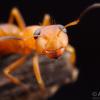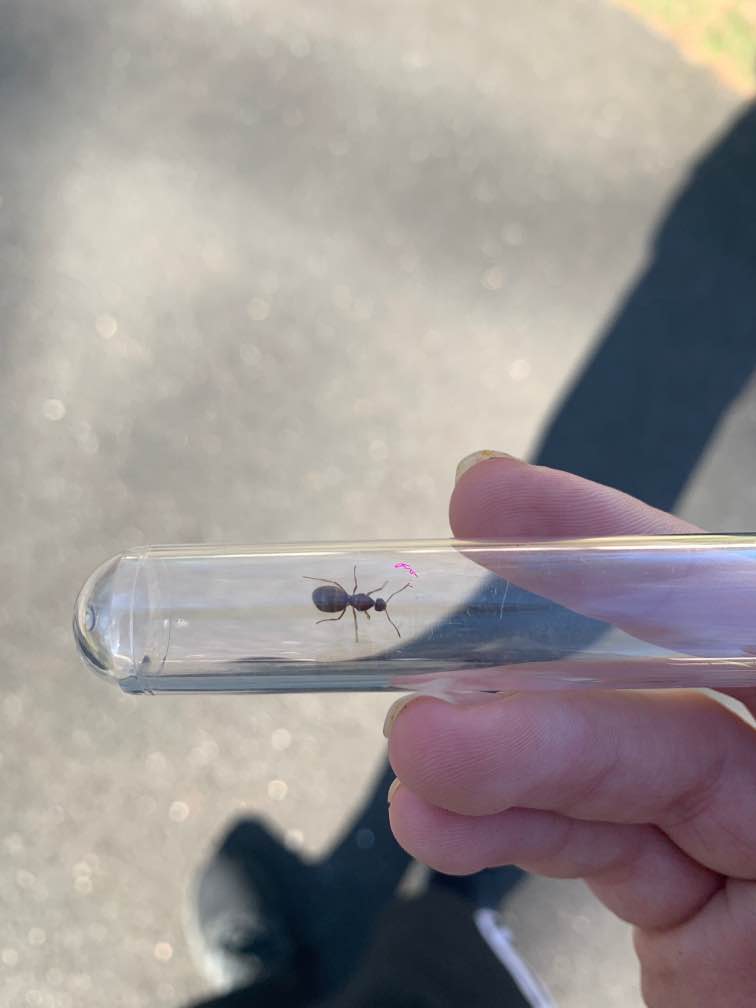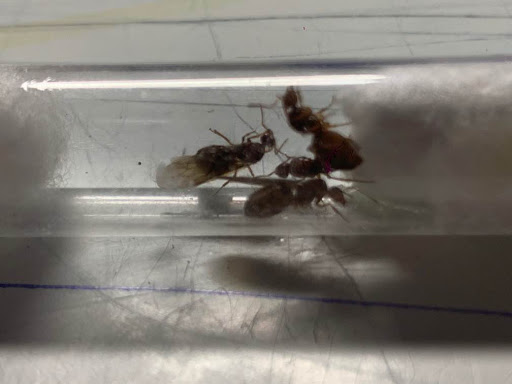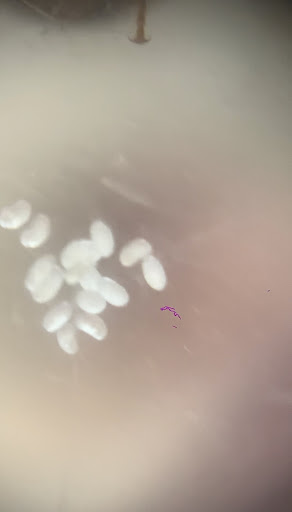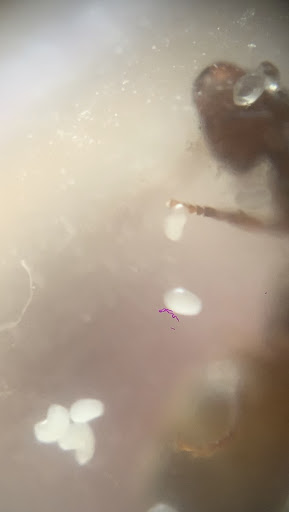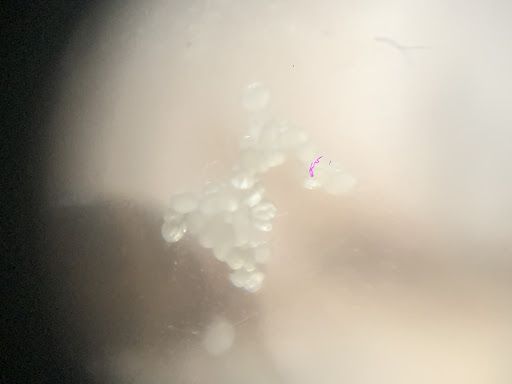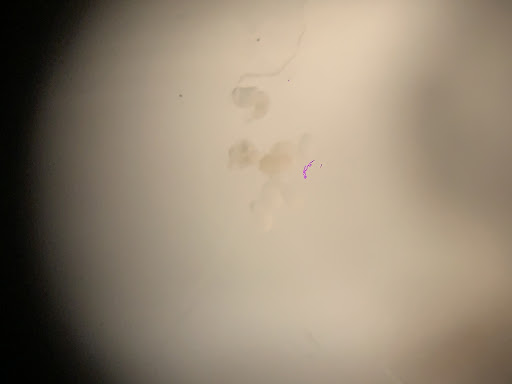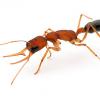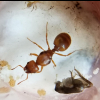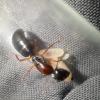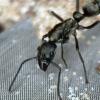jushi's 2020 P. Imparis Journal!
I keep seeing people go back and forth about whether or not Winter Ants are an easy species to keep, and I can't EVER seem to find someone with a colony of a mature size. There is always a bizarre way that they die. Like the workers will randomly stop bringing food back to the queen and brood, or the queen just dies for no reason. So in this journal I'm going to be answering the question of are these ants easy to keep, and how to do so successfully! Apologies for the first couple of photos being horrible quality, I couldn't find my macro lens so I had to make do with my phone camera.
April 6, 2020
Fairfield County, CT
54-64 degrees Fahrenheit
Wind >5 MPH
Sunny day, first warm day of spring
I caught 3 queens around a potted bush next to my driveway! The time of day was just after noon, and there was a shadow being cast from the bush right where I found most of the males and queens. I introduced two of the queens to each other, and they immediately started showing signs of polygyny! The other queen shed her wings in her test tube, and seems to be doing well.
April 7, 2020
Fairfield County, CT
54-65 degrees Fahrenheit
Wind >6 MPH
Sunny, same temperature as the day before
I caught three more queens today in the exact same spot! The time of day was 1:00 PM. I introduced them all to the one queen I had in a test tube setup, just to give her some company. ![]() They are getting along well and I'm excited to see them get their first batch of eggs!
They are getting along well and I'm excited to see them get their first batch of eggs!
May 7 2020 [UPDATE]
Both colonies are confirmed to have eggs! Surprisingly I've noticed the two queen colony has a higher egg to queen ratio compared to the four queen colony. Not entirely sure if that is normal for this species. I've also noticed that the two queen colony both have one large egg pile, while the four queen colony has around 4 egg piles each with around 3-5 eggs each. This could be because each queen is tending to her own batch of eggs, but this concerns me a little bit. This could be a sign that they are in a monogynous relationship which worries me. There is also a queen who hasn't shed her wings in the four queen colony. I've noticed her biting at the cotton and being much more frantic than the other queens when checked on. I checked up on them once a week and I stopped seeing this behavior at the two week mark. This is also when that colony got their first batch of eggs, so this could be connected. I'm not sure if that queen is fertile though, and she might be disturbing the other queens. This colony is kept in my ant room at 74 degrees Fahrenheit to mimic the temperatures that they would lay eggs at in the summer during their estivation periods. Their test tubes are also wrapped in tin foil to insulate the heat (and also to keep me from disturbing them!). These ants tend to be a bit jumpy, so I wouldn't recommend checking up on them more than once a week. They also have a bit of a very slow growth rate (2-3 months), comparable to that of Camponotus while being half their size. Even though these ants are more active in cool temps, they don't lay eggs during this time, only during estivation periods with warm temps, so I would avoid keeping them any cooler than 70 degrees Fahrenheit. Below you can see some nice macro shots of their egg piles!
Here's the two queen colony's egg pile [ABOVE]
Here's one of the four queen colony's small egg piles [ABOVE]
May 15, 2020
Update! Both colonies are alive and well. In the 10 days I didn't check on them, the four queen colony laid a TON of eggs! They have two piles tended to equally, one with slightly more eggs. The two queen colony have 1st instar larvae! Not as much brood, but are developing a little faster.
Four queen colony eggs [ABOVE]
Two queen colony larvae [ABOVE]
Both colonies are running low on water. They might need to get a new tube in a week or two. These ants have been very slow growing, but this makes them all the more fun to keep. Next update will be in a week or so like usual!
CARE TIP: Put 3-5 queens together for the best chances of survival and the highest amount of brood.
Edited by jushi, May 20 2020 - 4:17 AM.

